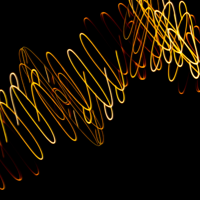
What on earth is a xenobot?
25 min

It's time to embrace stranger, less-human definitions of biological reproduction. For most lifeforms on this planet, sex is out of the equation, and they reproduce asexually. For example, in prokaryotic microbes such as bacteria, it's seen in the form of binary fission, which is when a body separates into two new bodies. However, what's unclear is what results after the process: are they clones, offspring, or two entirely new beings? As Gunnar O Babcock explains, our ability to identify species hinges on the concept of reproductive links between organisms. Here he discusses his research into what counts as a biological individual, how they are connected and why we must accept that asexual life just doesn't fit our intuitions about identity and individuality.